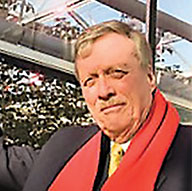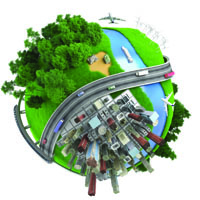FEEDING TOMORROW'S CITIES 2.0
AND MAKING THEM GREEN
INTRODUCTION
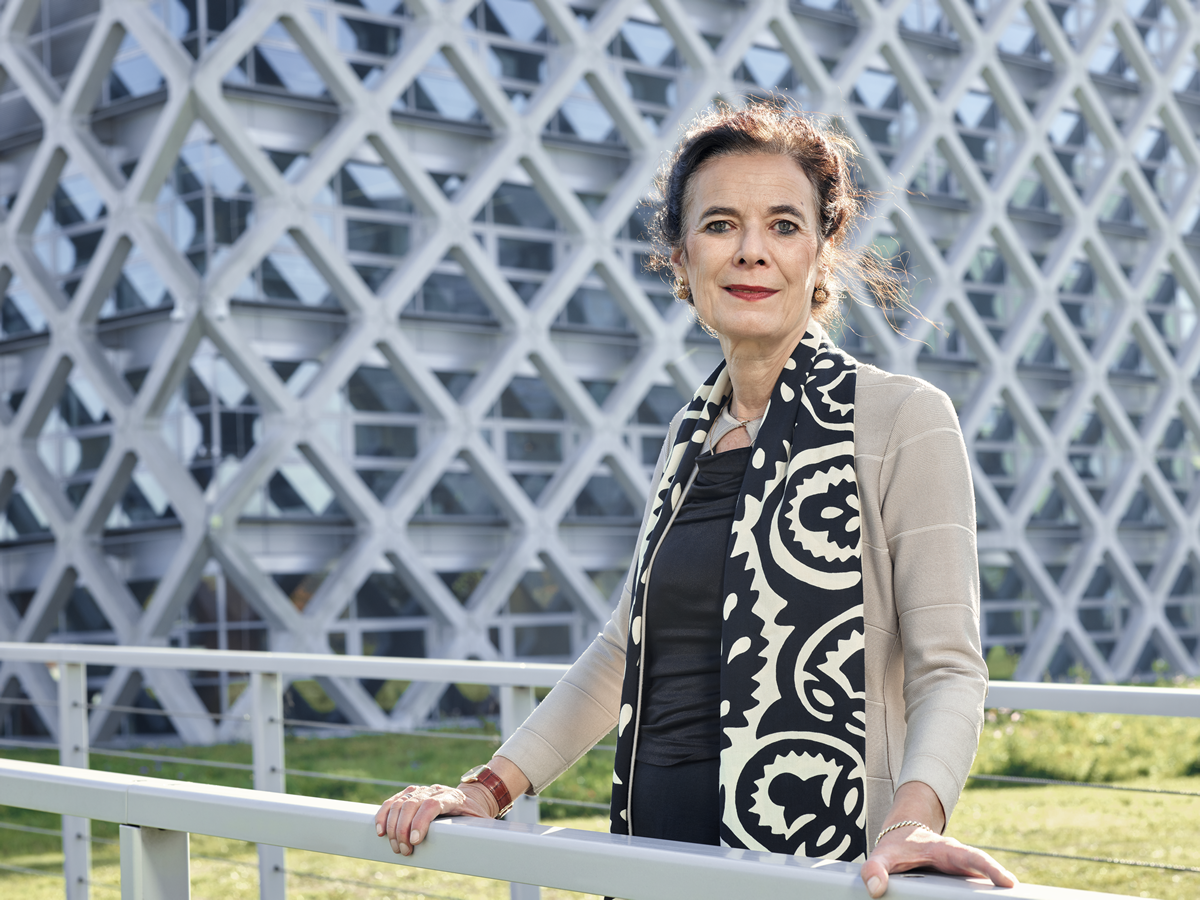
Human civilisation and its society on our planet is undergoing major transitions. The global population is still increasing, although there are regions were the increase is not only slowing down, but even a decrease is in sight. The continent with the fastest growing population in the decades to come is Africa. All over the globe people are moving to cities. In Asia huge megacities with over 10 million inhabitants are already no exception. Similar developments can be observed in Latin America and in Africa.
Urban middle classes in emerging economies are growing by about ten percent annually. Together these developments lead to an unprecedented growth in food demand and thus production in and near the urban areas. Paradoxical most urban areas were and still are created on the fertile land in the river deltas all over the world.
Not only the growing food demand pressures the food production, also its housing needs and infrastructure have a negative impact on het area available for food production.
Urbanization also creates a great number of challenges to secure a healthy living environment in the metropoles. Smog and dust are already threatening inhabitants in a lot of cities these days and insufficient sanitation and inadequate food chains may cause outbreaks of pandemics.
These interdependent challenges constitute the subject of the second issue of this book: to ensure food security in tomorrow’s cities. How and where will it be produced, stored, processed and transported, without great losses in both quantity and quality? Simultaneously, rural populations are decreasing in numbers and are aging. Harsh labour and lack of status of farming drive young people to the cities. To encounter these trends, we need a new generation of skilled agricultural entrepreneurs and modernized farming operations at an economically viable scale. Fortunately science and technology are advancing rapidly: especially sensor technology combined with ‘smart’ designed robot technology will definitely come up with solutions. Already drones and automated harvest techniques make life for the farmers easier to bear.
Agricultural and food sciences are shifting their attention from rural areas to cities, because the challenges intertwine. We already have ways, methods and systems to ensure healthy food security in the near and further future. But we must develop new and more sustainable agricultural practices and implement them in our societies. Wageningen UR, as one of the leading institutes in the field, is ready to share its insights. I hope the second issue of this book will contribute to the awareness of the great importance of the issue of how to feed tomorrows cities.
Prof. dr. ir. Louise O. Fresco,
President of Wageningen UR
INTRODUCTION 2
Amsterdam is located in a fertile river delta, open to a densely populated “hinterland” and the trade routes overseas. The city has traditionally been a supplier of food, foodstuff, plants and flowers. Not just nationally but also to its European neighbours and increasingly to other continents.
However, a growing awareness has risen that our current food system is far from sustainable and just. In order to fight global warming (and meet the objectives of the Paris climate agreement), a food transition is needed. Many of the UN Sustainable Development Goals have an direct link to food.
The failings of the current food system that emerge in the form of soil degradation, loss of biodiversity, health problems, extensive food waste and social injustice increasingly play out on an urban scale. Emissions caused by the food system contribute almost 30% of global greenhouse gas emissions. A change is needed to decrease our consumption of animal proteins, to diminish the many ‘food kilometers’ of our meals and the amount of food that is wasted. A shorter food supply chain, where food produced in the region finds a market in the city and organic waste streams are locally reused.
Local initiatives, social entrepreneurs, civil society organizations and individuals form networks and communities on topics like urban farming, reclaiming food waste and marketing locally produced food. Entrepreneurship, innovation and cooperation are the keywords. They are often working together with the municipality and knowledge institutes, like AMS institute, where technological Institutes from Wageningen, Delft and Massachusetts (MIT) combine forces. Through its triple helix approach and the concept of ‘Living Labs’ cities like Amsterdam can become a testing ground for new concepts that can enhance quality of life and the sustainability of metropolises across the world. In the project Rumore AMS and many other local parties and innovative SME’s work together on the transition to a more circular agri-food chain, upworthing organic waste streams and creating a market for the consumption of new plant-base proteins.
In 2015, The Milan Food Policy Pact was signed by my predecessor Eberhard van der Laan. In this pact many of the issues on sustainability and social justice mentioned are addressed and I fully subscribe them. Also Amsterdam’s membership of the C-40 group of world prominent cities provides us the possibility to share our experience with many partners abroad.
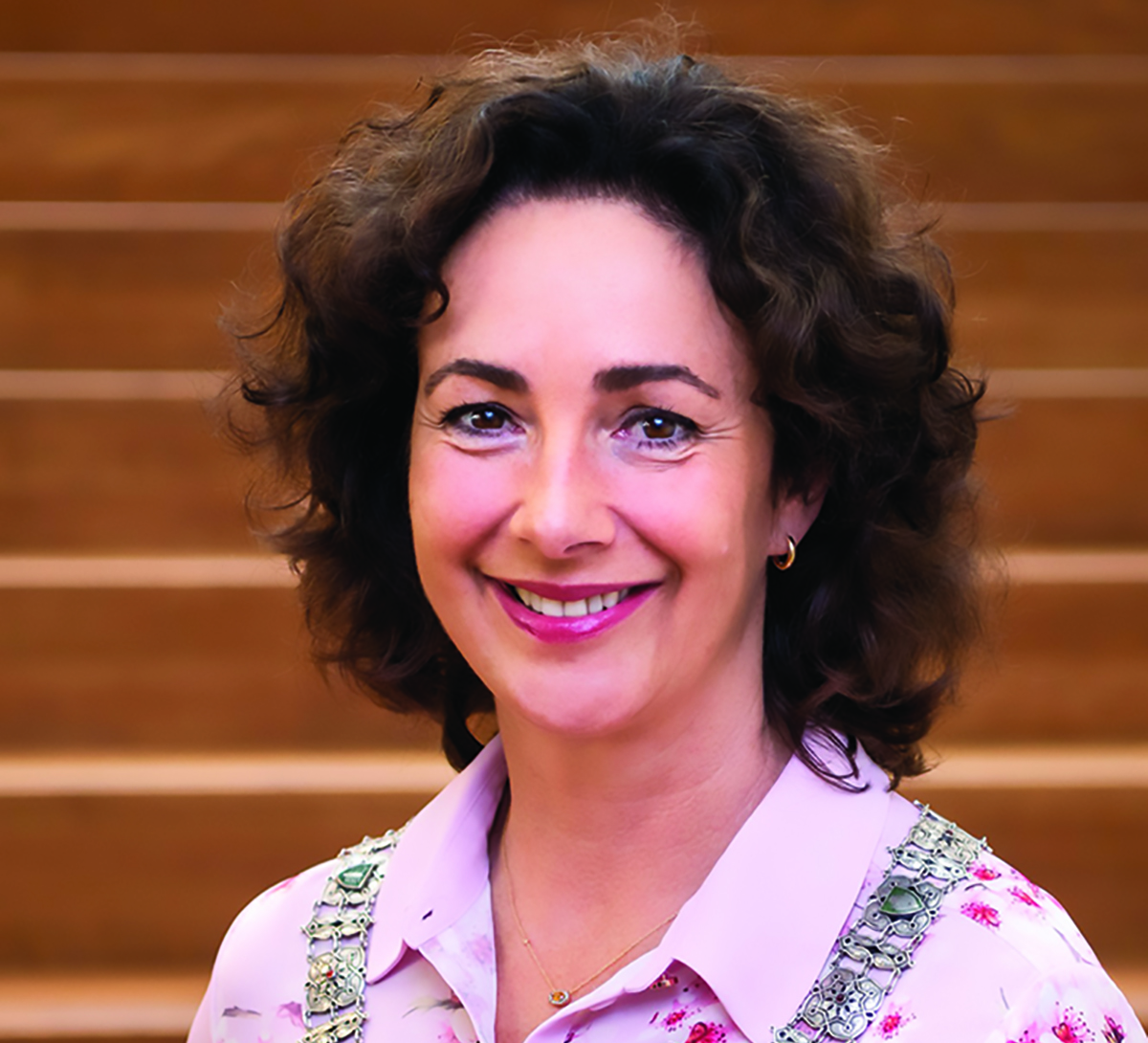
But in the end we have to remember that food is also culture, enjoyment, diversity, inspiration. Feeding tomorrow’s cities is a challenge we have to face together, as a society. On an urban, national and global level. I hope that the joining of forces in this book will contribute to a necessary transition to a more sustainable, circular and healthy food system.
Femke Halsema,
Mayor of Amsterdam
challenges & responses
Challenges & Responses
THE NETHERLANDS
THE NETHERLANDS:
The history and geographical location of the Netherlands has led to the success of its food system.
Cooperation
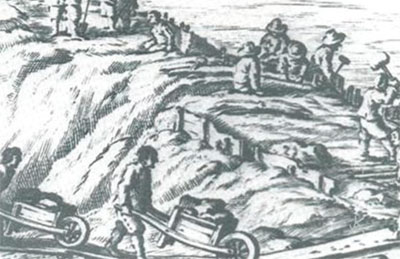
Cooperation
Since the Middle Ages the Netherlands have had to face the fact that the sea threatened large parts of the country. Regional Water Boards were set up to deal with all aspects water management. Consensus building was a prime requirement and later became known as the ‘Polder model’.
Cooperation is also paramount in the development of the Dutch agro and food system. Investments in infrastructure and education, two essential elements of modern agriculture, often are generated by publicprivate partnership.
A “Golden Triangle” cooperation of companies, research and government has been set up to drive knowledge creation and innovation.
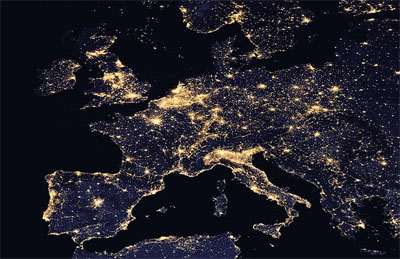
Northwest European Delta
The Netherlands is part of the larger Northwest European Delta region. Apart from the cost of keeping “dry feet”, Dutch agriculture has substantially benefitted from this position. Access to open sea on one hand and to the Rhine and Meuse rivers on the other, providing links to a densely populated ‘hinterland’ put the country right at the nexus of important trade routes.
Most food related trade develops within a circle of approximately 300 km. radius. This comprises the densely populated area between London, Paris and the Ruhr region. Both the port of Rotterdam and the productive agricultural sector helped the Netherlands to a pole position in the vast Northwest European Delta region.
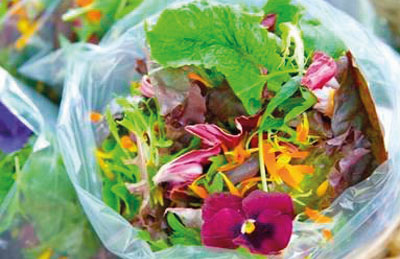
Continuous innovation
Since the start of modern agriculture, the Netherlands has consistently opted for an open economy. Unlike most of its neighbors it did not close its borders in the event of crisis. This choice left no alternative but to go for continuous innovation to stay ahead of the pack.
This strategy worked out well. Publicly funded research and education, combined with a willingness to share knowledge within producer organizations generated innovation leads. Healthy competition in processing and distribution made the system robust. Continuous innovation did not only lead to ‘doing things better’ but moreover to ‘doing better things’; in short to a rather unique agro and food system.
synthesis
Create more than the sum of the parts
